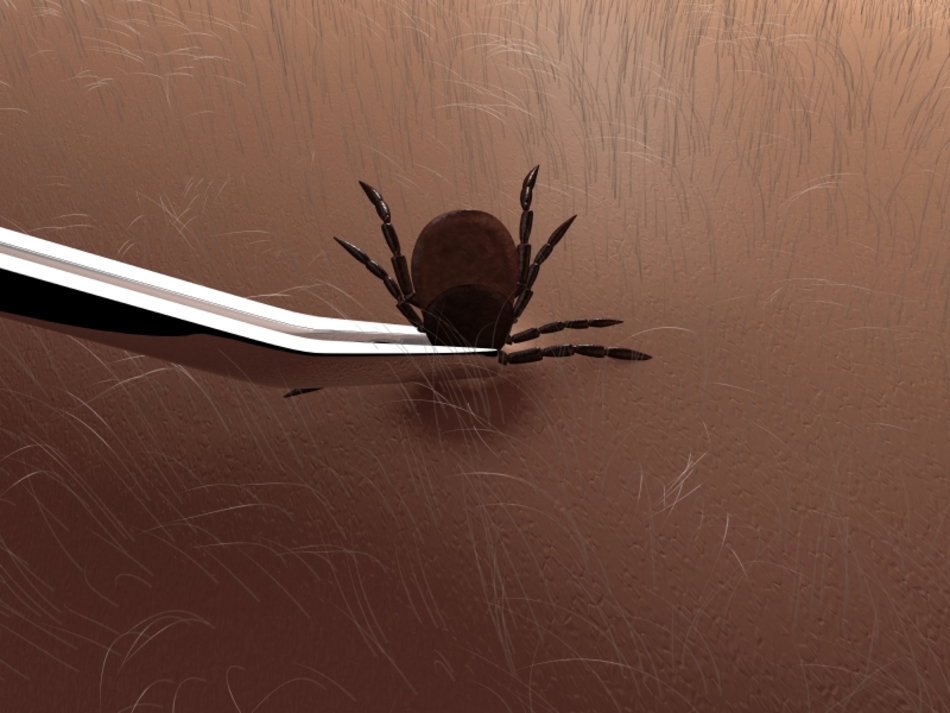
Episode Transcript
Man: Medical news and research from University Utah physicians and specialists you can use for a happier and healthier life. You're listening to The Scope.
Dr. Troy Madsen: Hi, I'm Dr. Troy Madsen from the University of Utah Medical Center. I'm an emergency physician here, and today we're going to talk ticks.
So we definitely see ticks here in Utah. Fortunately, it's not as big of an issue here, just because we don't quite have the diseases in ticks that a lot of other parts of the country have. But certainly we do see cases where people are bitten by ticks, and in some cases, they might even come to the E.R. for that.
If you see a tick on your arm, you're probably going to be okay. The likelihood you're actually going to get a significant disease from that tick bite is fairly low in the state of Utah. You know, once you get back east and the southeast, we get more concerned. There's something called Rocky Mountain Spotted Fever.
Ironically, it's really not in the Rocky Mountains. It was actually discovered, I think, in Denver . . . is where they isolate it. That's where it got its name. It's a little confusing, but it's not so much of an issue here in the Salt Lake City area.
Generally the biggest issue you're going to run into with ticks here is going to be the localized infection. So if you get a tick that's buried in you, if its got its head buried in you, if you're not getting that head out of the skin, you may get a skin infection there. And that's the primary thing we're going to be looking for to treat.
So Lyme disease is something that can occur. It's a little bit more difficult to diagnose. Again, it's fairly rare, but if you do get a tick bite, you are at some risk for that. And generally with that, we're not going to treat it until we start to see some symptoms of it.
Vaseline is generally, you know, some kind of petroleum jelly, is typically the thing I recommend putting on there. And usually, that's going to work. Where the tick is then going to back out, and then you can get it out without its head being stuck in you or anything like that.
But if that doesn't work, you know, you could try some tweezers. Again if it's not successful, if the head's in there, eventually that's going to work its way out. It does increase the risk of infection which we can treat with antibiotics, but I think it's a reasonable second step.
I would treat it like you treat a splinter. So let's say you have a splinter in your finger, and you can't get it out. Eventually that's going to work its way out. Just kind of the body's natural response.
So I don't think you need to rush to the E.R. If you try and pull a tick off, and it's got its head stuck in you there, but watch for redness around it, drainage. That's the case, then we need to get you on some antibiotics for that.
Man: If you like what you heard, find more at scoperadio.com. The Scope is powered by University of Utah Health Sciences.